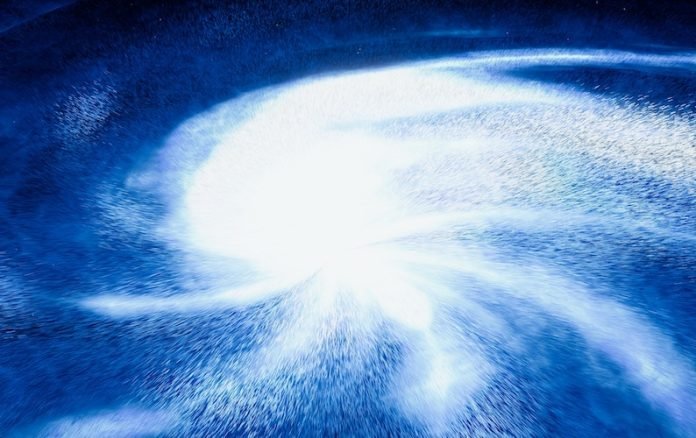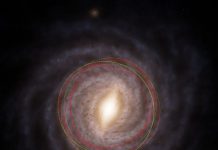
Chinese researchers have published a paper in The Astrophysical Journal that suggests the Milky Way only has two arms, rather than the four that scientists have long believed.
The researchers argue that the current view of the Milky Way is not based on enough evidence and that improvements in telescope technology have revealed that the vast majority of galaxies conform to one of three main shapes: spiral, irregular or elliptical.
Most spiral galaxies have two main arms that split into smaller ones, which are thought to have been caused by collisions with other galaxies.
The Chinese team suggests that the Milky Way is likely to be one of these galaxies and that it has two main arms.
How the researchers reached their conclusion
The researchers used data from a number of new-generation space instruments that can measure the distance of individual stars from Earth.
They used data from a tool called long baseline interferometry, which can accurately measure the distances to stars that emit microwaves.
They then used data from the Gaia space observatory, which maps the location of stars in relation to Earth and to each other.
They focused on gathering data on O-B stars, which are useful because they do not move much after formation. They also gathered data for nearly a thousand open cluster stars.
The researchers then fit the arrangement of the stars to a spiral shape and found that the most likely shape of the Milky Way is a barred spiral with two main arms that stretch outwards from the bar.
The other shorter arms are more distant and irregular and are not connected to the main structure.
What the researchers’ findings mean
The researchers say that their findings mean that the Milky Way is similar to other galaxies in terms of shape and structure.
The team notes that if the Milky Way had four arms, it would be an extremely rare shape, and there would have to be unique attributes that led to such a shape.
The researchers argue that their findings are more likely to be correct, as the idea that the Milky Way is similar to most other galaxies is more plausible than it is a unique exception.
Further research required
The researchers’ findings are likely to spark further research into the structure of the Milky Way.
The team notes that their analysis is based on data from a relatively small number of stars and that more data will be required to determine the true shape of the Milky Way.
The researchers suggest that further data can be obtained from the upcoming European Space Agency Gaia mission, which will map the positions and distances of stars with unprecedented accuracy.
Conclusion
The Chinese researchers’ paper challenges the traditional view of the Milky Way as having four arms.
The team’s analysis of multiple sources of data suggests that the Milky Way is likely to be a barred spiral galaxy with two main arms that stretch outwards from the bar.
The researchers say that their findings are more likely to be correct, as the idea that the Milky Way is similar to most other galaxies is more plausible than it is a unique exception.
The researchers note that their findings are based on data from a relatively small number of stars and that more data will be required to determine the true shape of the Milky Way.
The study was published in The Astrophysical Journal.
Copyright © 2023 Knowridge Science Report. All rights reserved.



